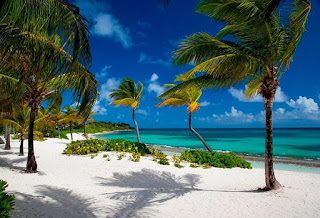Salar de Uyuni: Daniel Campos, Bolivia

The reflective surface of the world's largest salt mine is like something from the imagination of Salvador Dali—although we're happy it actually exists in real life. Salar de Uyuni is part of the Altiplano of Bolivia in South America. The Altiplano is a high plateau, which was formed during uplift of the Andes mountains. The plateau includes fresh and saltwater lakes as well as salt flats and is surrounded by mountains with no drainage outlets. [9] The geological history of the Salar is associated with a sequential transformation between several vast lakes. Some 30 000 to 42 000 years ago, the area was part of a giant prehistoric lake, Lake Minchin . Its age was estimated from radiocarbon dating of shells from outcropping sediments and carbonate reefs and varies between reported studies. Lake Minchin (named after Juan B. Minchin of Oruro [10] ) later transformed into Paleo Lake Tauca hav...



































